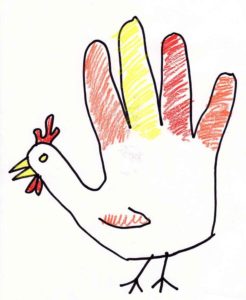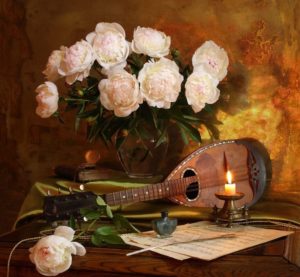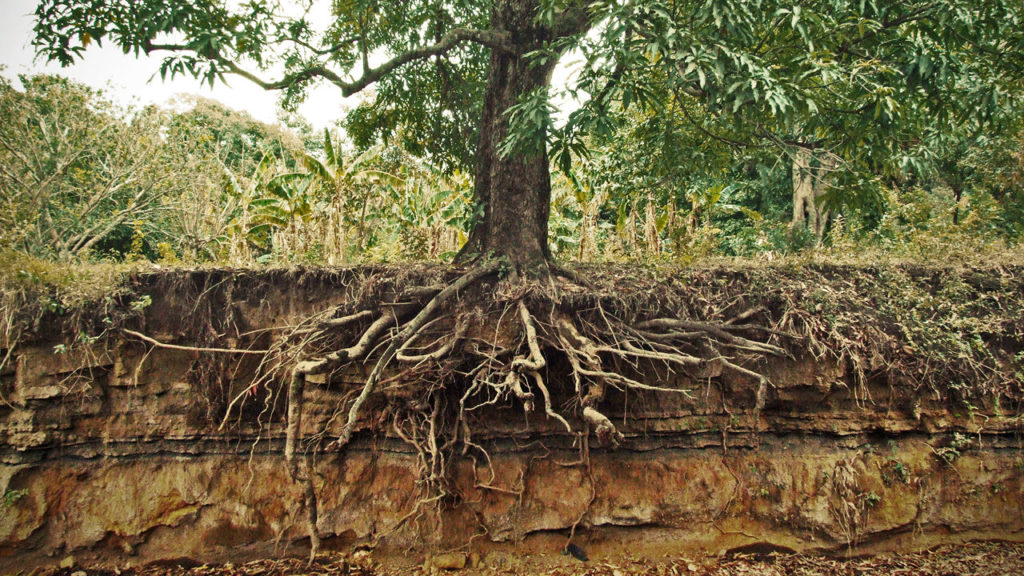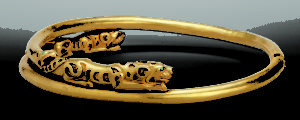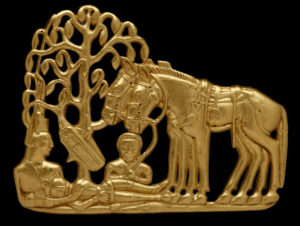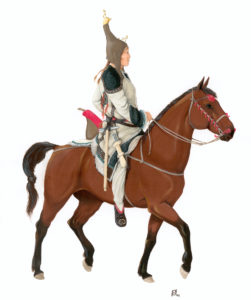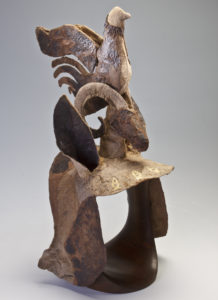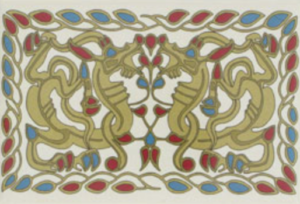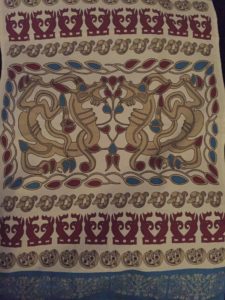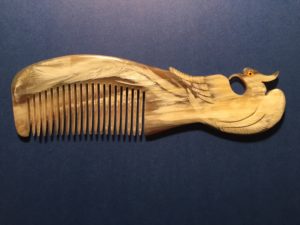Jon Carroll on Gratitude
In place of a daily poem, today I am sharing one of my favorite pieces from Jon Carroll. He was one of my favorite columnists at the San Francisco Chronicle, and I’m pleased that he has continued to share his writing on his own blog after retiring from the paper.
He has two particularly good columns related to Thanksgiving. When I have company, and we gather to celebrate the day, reading one or the other is part of the festivities. It’s as much a tradition as pumpkin pie. I’m not having company at my house today, so I’m sharing it with you, my virtual company in my online home.
I didn’t write this, but I wish I had. I hope it is meaningful and encouraging for you as well.
The article below was originally published in the San Francisco Chronicle, and is available online at http://www.sfgate.com/entertainment/article/JON-CARROLL-3235548.php
Gratitude is the antidote. It is useful in combatting a variety of diseases, from something as vague as the discontents of civilization to something as specific as personal grief. Thanksgiving is the holiday of gratitude, and I am always willing to celebrate it.
We are told frequently that “it is what it is.” That’s a tautology, of course, and an increasingly grating cliche, but it gained prominence because it’s a real reminder of a real thing: What happened happened. You can’t change the past. All we have is today. See you in the future!
But regret is real. Sorrow and pain and loss – all real.
I sometimes think of civilization or society as a kind of floor, a patchy, rickety floor in constant need of repair. Below the floor is the chasm. Some people know that chasm well – those who have scrabbled to exist in war zones, those who have tried to cope after hurricanes or earthquakes, those who have lost multiple family members simultaneously. For them, the daily comforts of society are of little use. The network of routine, the solace of art, the hope for the future – none of it seems real.
Only the chasm seems real.
The chasm is only metaphorical, of course, but sometimes we live our lives entirely within metaphors. Our choice of metaphors is just a matter of taste. There’s no right answer in this quiz, kids.
But still we have to get through the day. And, I am convinced, the route through the day is gratitude. Because there is always something to be grateful for, and that something is not in the chasm, it floats above the chasm, denies the importance of the chasm.
You choose: sunsets, apples, bedrooms in the morning, Bruce Springsteen, a child’s second birthday, the smile on the face of a passing stranger, rivers, mountaintops, cathedrals, Shakespeare, Tina Fey, the curve of a thigh, the curve of a road, the nation of Switzerland, Carl Hiaasen, grass, orange, Bola Sete, jumbo shrimp, Pascal’s theorem, Occam’s razor, clean restrooms, potable water, penguins, French kissing or peanuts.
Can you feel the floor beneath your feet get sturdier? Can you see the holes being patched? For a moment, the bounty of the world overwhelmed you, and you were grateful to be alive at this moment. See? Antidote.
So today, if we are at all lucky, we will gather with family and/or friends and eat food and talk of shared alliances and shared memories. Many Thanksgivings are family gatherings, and family gatherings are often fraught. My suggestion is: Embrace the fraught. You’d miss the fraught if it weren’t there.
Besides, there’s always the moment of escaping the fraught, going outside for a smoke or down to the store for more whipped cream or out for a walk with someone you love. You can’t have the escape without the prison. Be grateful for both.
What I’m going to try to do this year is slow down. What I’m going to try to do this year is pay attention. Usually I run around. Lots of people make me frantic – we always have lots of people at our Thanksgivings – and there are always a thousand tasks. The point of the holiday is not the tasks, even though it seems that way sometimes.
I’m going to think about how each of the people at the table came into my life, and what I remember about that moment, and how we decided to become friends instead of just people who met each other once a long time ago. And I’m going to remember the kindness that each person has shown me, and I’m also going to remember my kindnesses, because I’m grateful for the times I behaved well.
And because not all the people I’m grateful for are in the room today, I’m going to think about them and send them good thoughts across the miles. I don’t believe in the transmission of thoughts, but I believe in trying. It’s like a flashy vehicle for mindfulness, and mindfulness is hard when the talk is loud and the carbohydrates are disappearing at alarming rates.
And as I walk across the floor from one room to another, I’m going to notice how solid the floor feels beneath my feet today. I know how fragile it is, but it doesn’t matter. Today, right now, this Thanksgiving, it feels like the oldest rock in the world, and I stand on it and rejoice.

